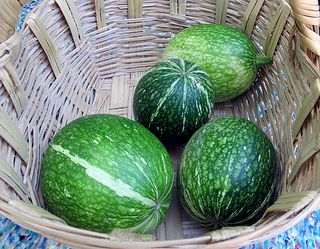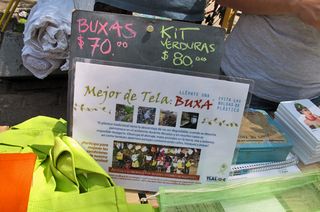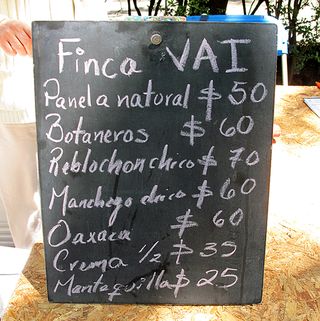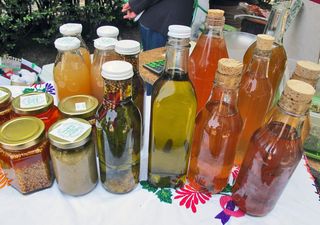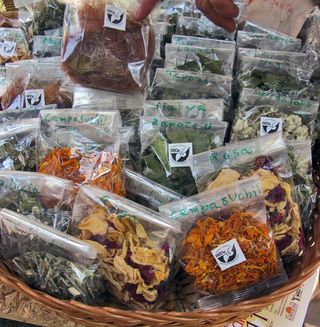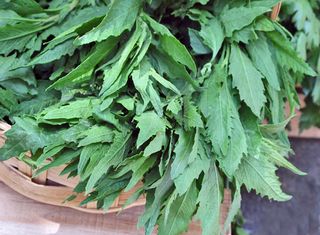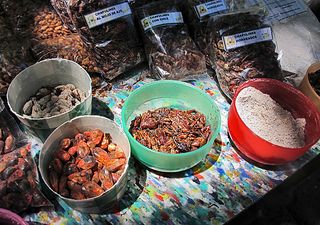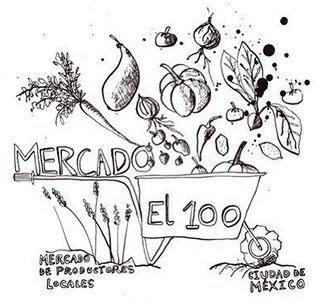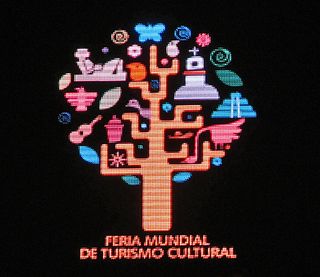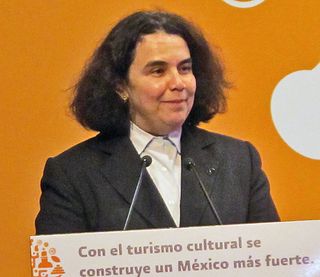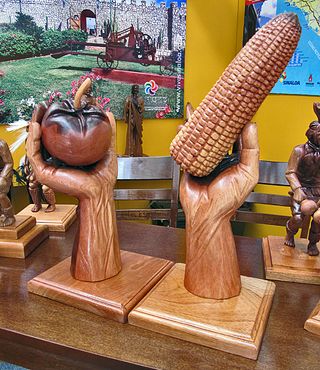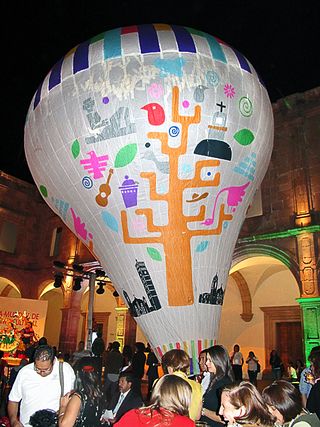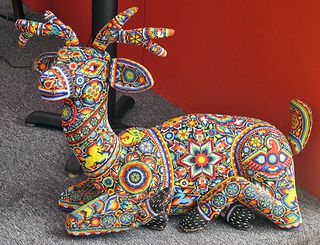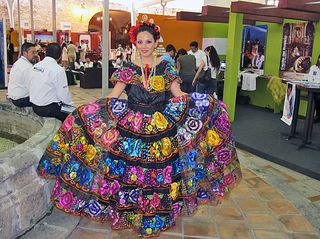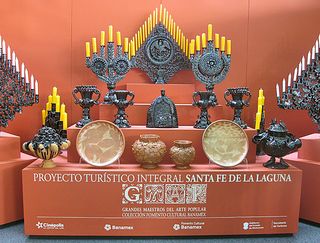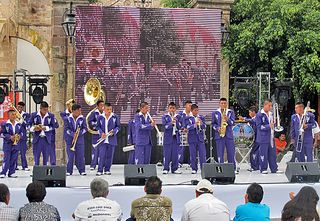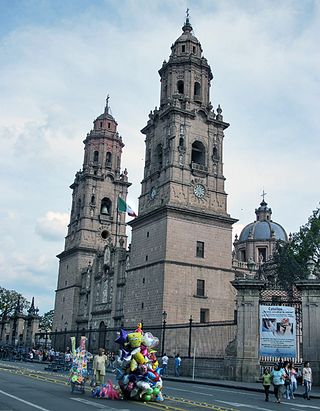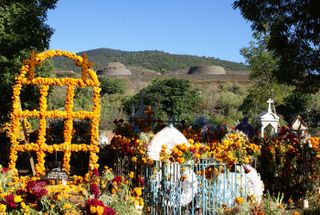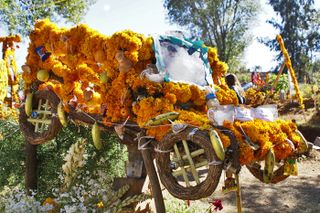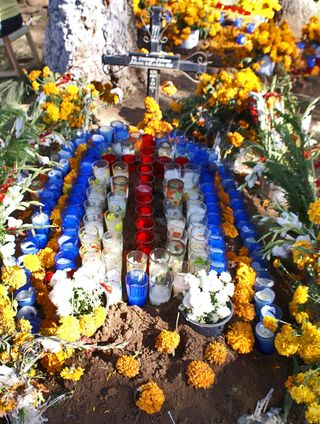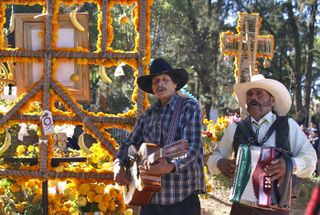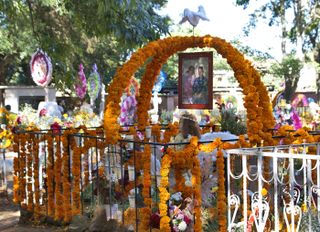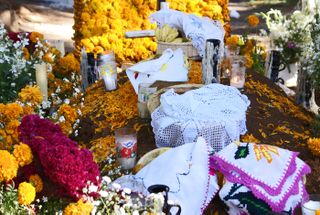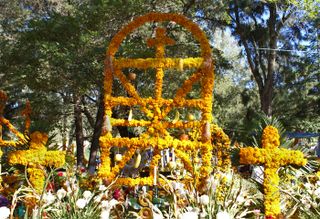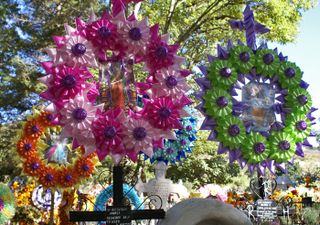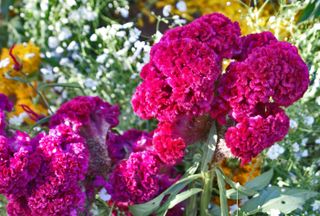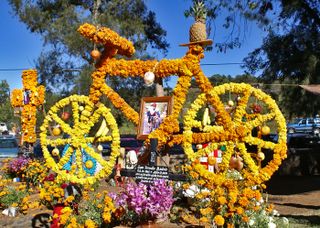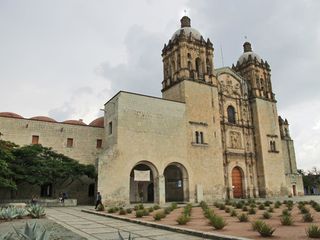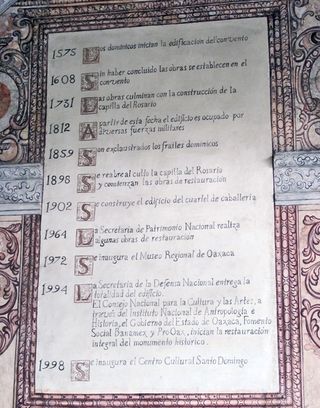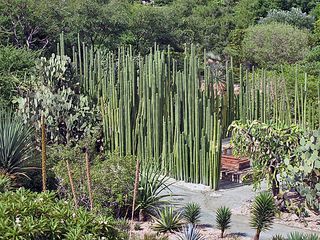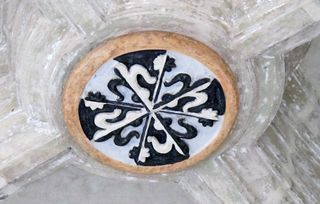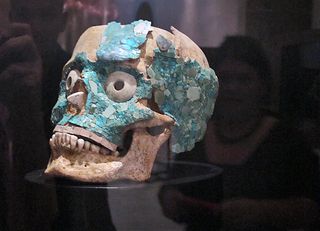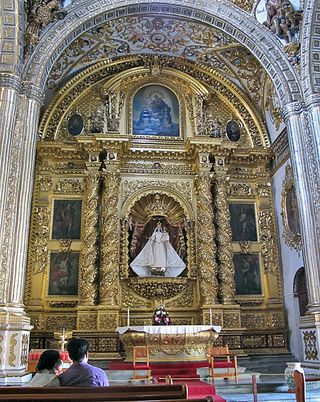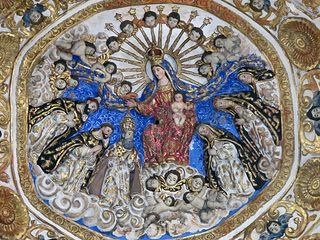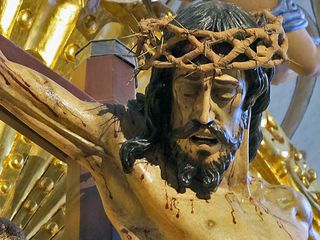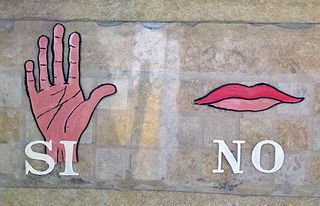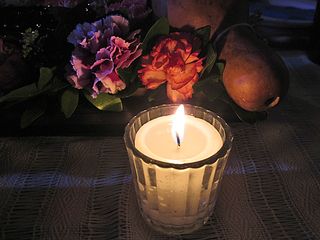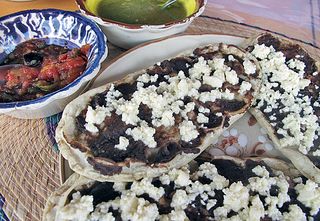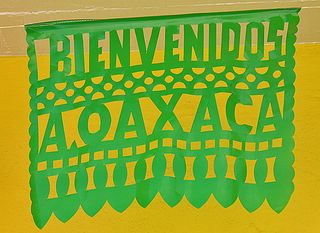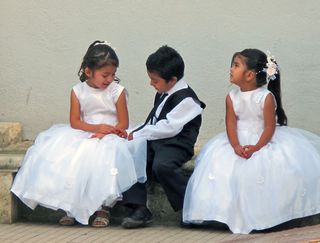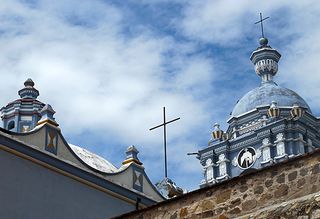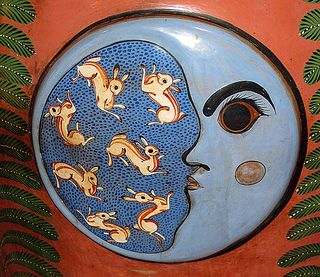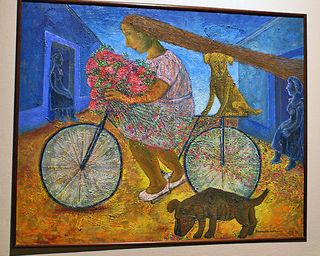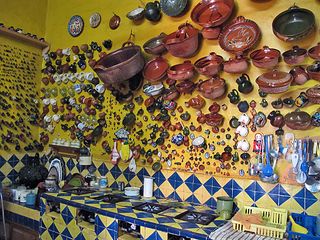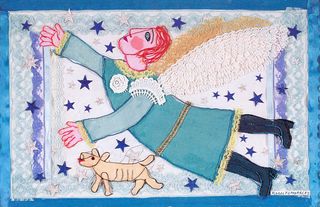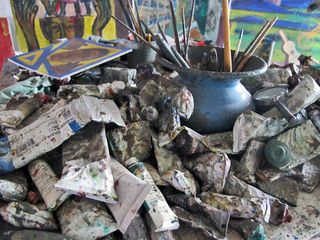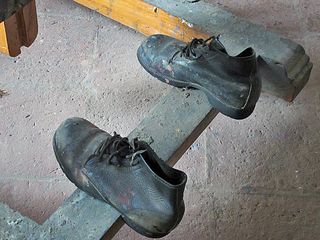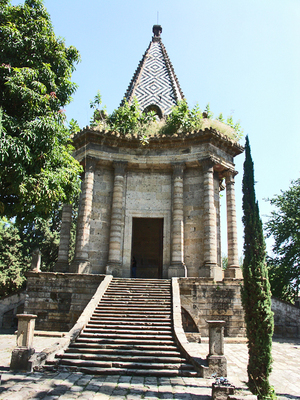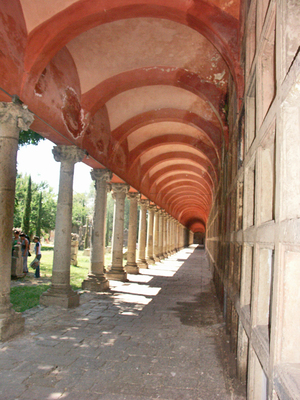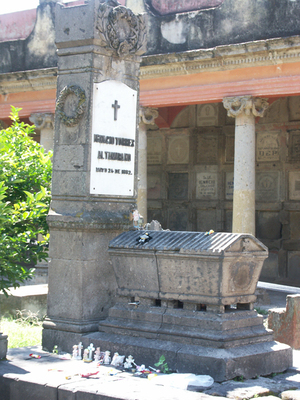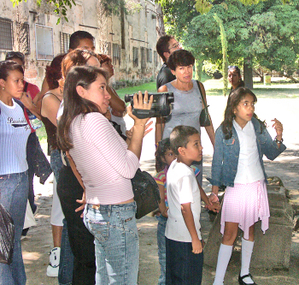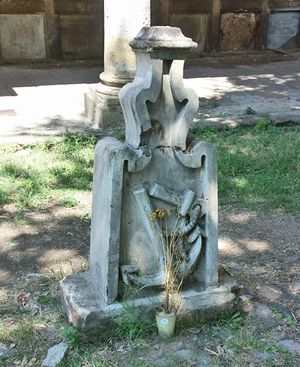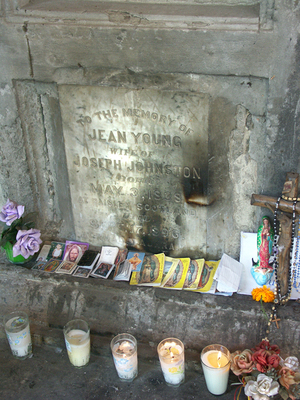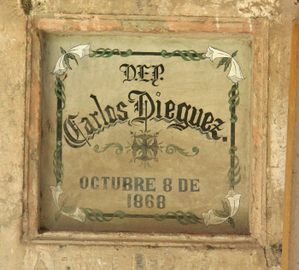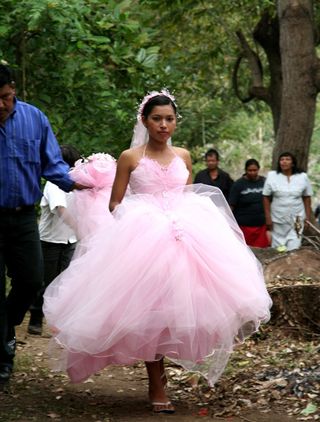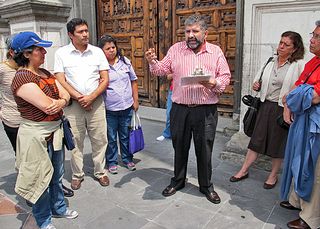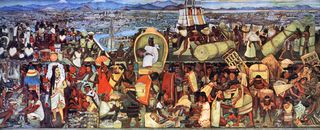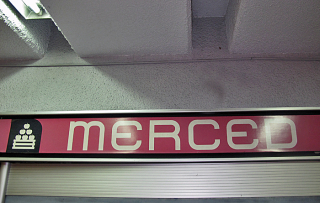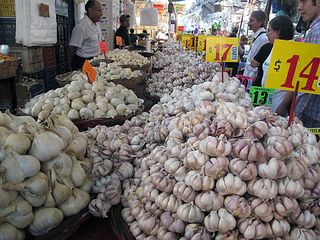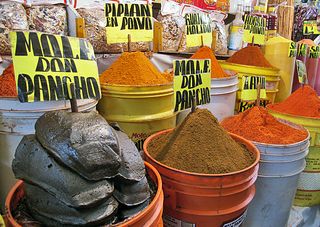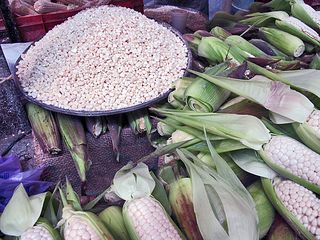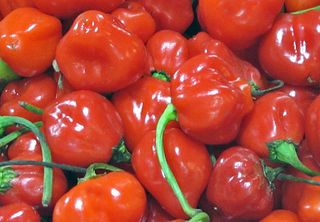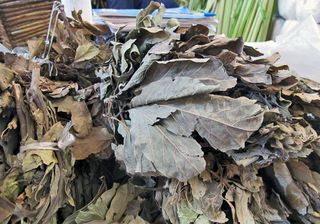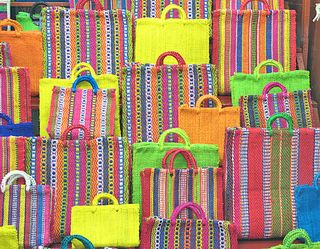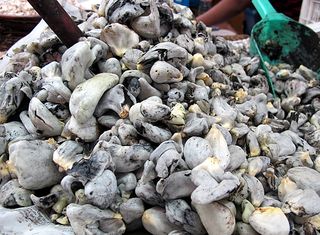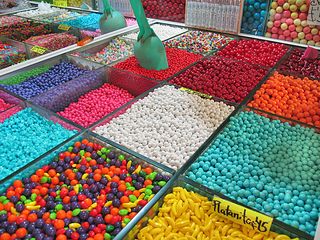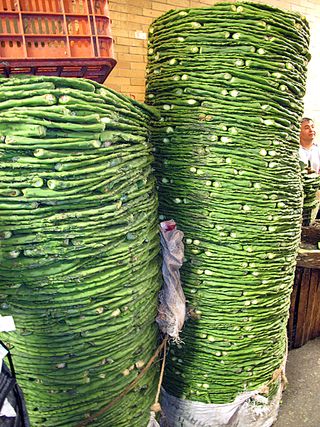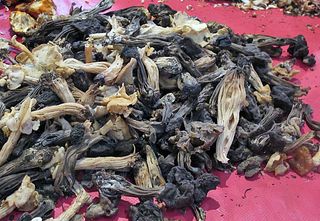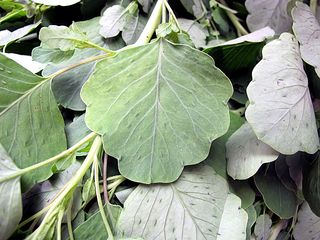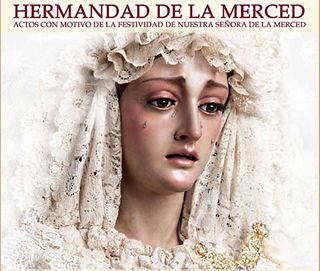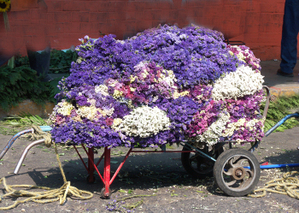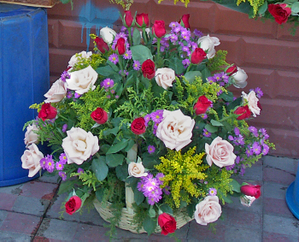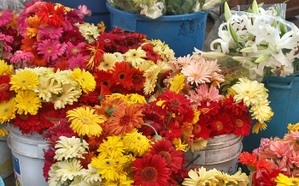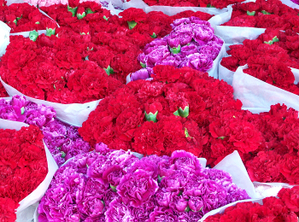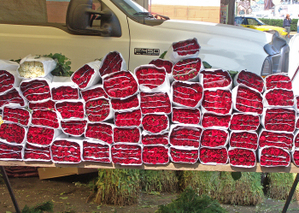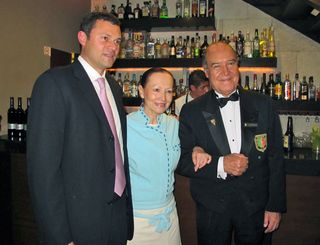
Sr. Brandon Milmo, director of Casa Madero Winery (Parras, Coahuila, Mexico), chef Patricia Quintana, and don Pedro Poncelis, Mexico's premier sommelier, at Restaurante Izote de Patricia Quintana.
Rain! As Mexico Cooks! was leaving the house, as we finally grabbed a cab, while we were traveling (in rush hour traffic, of course) to Mexico City's upscale Colonia Polanco, the unseasonable rain bucketed down. But like magic, just as we pulled onto slightly nose-in-the-air Av. Presidente Masaryk (Mexico City's equivalent to New York's Fifth Avenue) the rain–and the cab–stopped. Respectably late, we strolled, blessedly dry and with umbrellas tightly furled, into Patricia Quintana's little piece of heaven: Restaurante Izote.
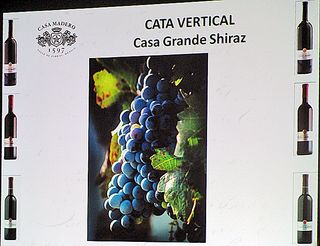
Casa Madero sponsored the Casa Grande Shiraz cata vertical (vertical wine tasting). In a vertical wine tasting, each of the wines served is the same, but from several different years. In this case, the Casa Grande Shiraz was from 2005, 2006, and 2007. Grown on the same vines but under slightly different climatic conditions, each year's crop had different fragrances, colors, and flavors.
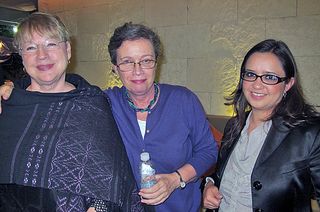
Judith McKnight, left, enjoys the company of Mexico City wine expert Rondi Frankel (center) and Fabiola de la Fuente, editorial director of Food+Travel México magazine. We all found plenty to talk about before we were seated for the wine tasting and dinner pairings. A tidbit of information: Casa Madero, founded in 1597, is the oldest winery in the New World.
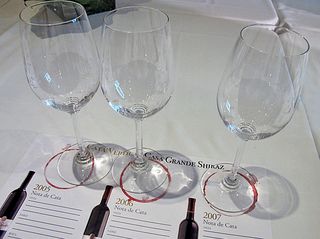
At first glance, these Casa Madero placemats appeared to have been already used, stained by circles of vino tinto (red wine). Several people (including Mexico Cooks!) not-so-surreptitiously touched the wine stains, only to discover that they were cleverly printed on the paper mat. Below each supposed stain was space for notes about each year's wine. Jorge Luis Trejo Villaseñor, Casa Madero's national sales manager, called my attention to the outstanding legend at the bottom of the placemat: A qué sabe un vino con 5 siglos de pasión? (What is the flavor of a wine with five centuries of passion?)
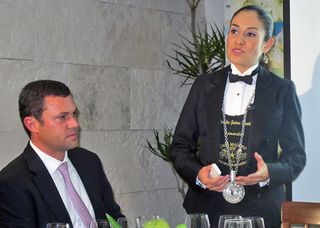
Casa Madero's director, Brandon Milmo, listens intently as elegant sommelier (highly trained wine steward) Claudia Juárez discusses the special characteristics of each of the three Shiraz wines. She wears the sommelier's formal uniform, including the tastevin on its chain.
The tastevin (saucer-like silver cup) was originally created by French winemakers to enable them to judge the clarity and color of wine that was stored in dim, candle-lit wine cellars. Regular wine glasses were too deep to allow for accurate judging of the wine's color in such faint light. Tastevin are designed with a shiny faceted inner surface. Often, the bottom of the cup is convex in shape. The facets, convex bottom, and the shiny inner surface catch as much available light as possible, reflecting it throughout the wine in the cup, making it possible to see through the wine.
With the advent of modern electric lights, the tastevin has very little practical use, although sommeliers often wear them on a ribbon or chain around the neck as a nod to tradition and a symbol of pride in their profession.

The three Casa Grande Shiraz pours; from left to right, 2005, 2006, and 2007.
While sommelier Claudia Juárez instructed us, we 50 guests of the house carefully tasted the three wines. Mexico Cooks! is a relative neophyte in the world of oenology, but the lessons of the evening were well learned. Really tasting wine isn't about pounding down a tumblerful of the rosé that you've poured from the cheap boxed wine in your refrigerator. Instead, there are qualities to look for in your glass: how does the wine look, from its color to its 'legs'? How does it smell–fruity, nutty, leathery, spicy? How does it taste–floral, peppery, acidic, light, heavy? Most important of all, of course, is whether or not you like what you're drinking.

A wine's 'legs' (also called 'tears') are the subtle traces left on the inner bowl of the glass after the wine is gently swirled around several times. Once thought to be an indicator of quality, experts now say that the legs are in fact a product of surface tension and an indicator of alcohol content. In the photograph, you have the best view of the legs at the bottom left corner of the flower arrangement.
After carefully tasting each individual Shiraz and then comparing the various merits of the three years, we began to enjoy the food maridaje (pairings with the wines). Chef Patricia Quintana, internationally known for Restaurante Izote, for her many cookbooks, her television shows, and her annual Aromas y Sabores tours, prepared a twelve-course tasting menu (yes, twelve courses!) consisting of eight savories and four sweets.
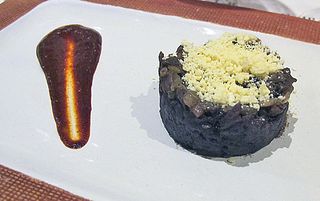
First course: timbal de frijol con morillas, queso pijijiapan y chile ancho con mezcal. In this case, the timbale is a cylindrical mold of beans filled with minced morel mushrooms and topped with cheese from Pijijiapan, Chiapas. You can see the sauce on the side.

Next, a taquito de cabrito con salsa verde–a freshly made corn tortilla wrapped around shredded goat meat, then fried and bathed with green sauce, Mexican table cream, and dusted with aged cheese. A chopstick, inserted into one end of the taquito, made for ease of handling.
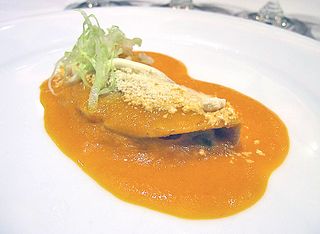
Third course: enchiladas de queso asadero en salsa de jitomate con chile verde. Queso asadero is a melting cheese, used in this instance to fill the enchilada. The tomato and green chile sauce, along with the topping of thinly sliced onion, finely grated aged cheese, and shredded lettuce, were traditional accompaniments raised to a celestial level.
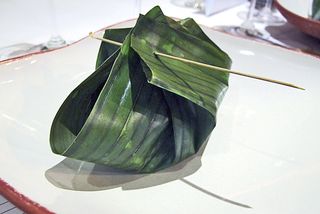
Fourth: pescado al vapor a la tinga con papa (steamed fish, in this case red snapper, in a spicy red sauce–all sitting on a slice of potato and wrapped for steaming in a banana leaf).
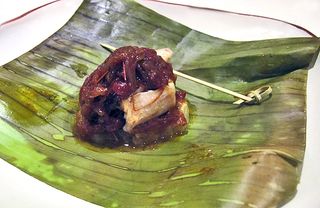
The banana leaf spread open, showing the pescado al vapor a la tinga con papa. This dish was my hands-down favorite. The mixture of flavors in the tinga combined with the sweet tenderness of the fish to explode in a sensational fiesta in my mouth.
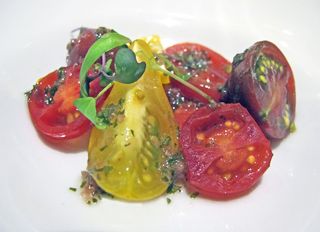
Fifth course: ensalada de jitomatitos con vinagreta al Shiraz Casa Grande 2007. This salad is made of tiny grape tomatoes dressed with a vinaigrette made with the 2007 wine we were tasting. The presentation of this salad, as well as that of all the courses, was exquisite.
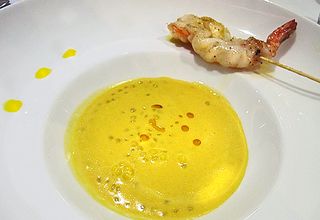
Sixth: camarones con azafrán y municiones (shrimp in saffron sauce with little pasta 'bullets'). Perfectly cooked shrimp-on-a-stick combined beautifully with the richly delicate flavor of saffron, but in my opinion the municiones were a mistake. The pasta gave the dish a texture that reminded me–and not in a good way–of tapioca pudding.
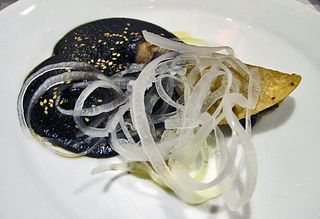
Seventh: enchiladas de mole negro (black mole enchiladas). Black mole is one of Mexico's most delicious sauces and this one was no exception. The combination of mole, sesame seeds, crisp tortilla, and shredded onions–wow!
All of us guests were of different opinions about which of the three years' Shiraz wines paired better with each of the courses we were eating, but many preferred the 2006 to the earlier or later year. The 2006 was Mexico Cooks!' favorite. Waiters circulated with bottles of each Shiraz, replenishing our wine glasses as we emptied them. At this point in the meal–after most of the courses had been served–many of us began requesting water rather than more wine!
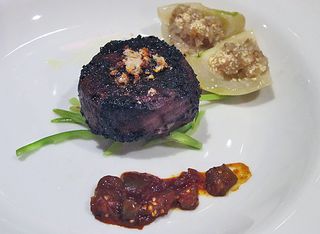
Eighth: filete Doña Manuelita de Parras. This seared and crusty filet mignon was cooked exactly to medium rare. The accompaniments, including the stuffed chayote seen at the top, were excellent.
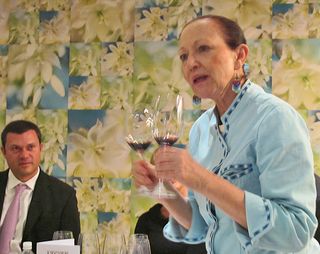
Chef Patricia Quintana gently tapped two copas (wine glasses) together to quiet the crowd before she spoke to us about the meal in progress. The flower in the photo's background images is the izote (the edible flower of the yucca cactus)for which she named her restaurant.
After the first eight courses, which were of course accompanied by liberal pourings of each of the three wines, most of the invited guests were simply unable to continue to the four-course dessert menu. Even though each of the savory courses was a small portion, their accumulated richness overpowered all but the most hardy souls. In addition, we finished the last of the savories at midnight! Reluctantly we congratulated the chef and kissed her goodbye, shook hands with the remaining guests, and made our way out into the starry late night, the chilly air cleansed by the earlier rain.
Looking for a tailored-to-your-interests specialized tour in Mexico? Click here: Tours.
Disclaimer: Marca País-Imágen de México is a joint public and private sector initiative designed to help promote Mexico as a global business partner and an unrivaled tourist destination. This program is designed to shine a light on the Mexico that its people experience every day. Disclosure: I am being compensated for my work in creating content for the Mexico Today program. All stories, opinions, and passions for all things Mexico that I write on Mexico Cooks! are completely my own.
